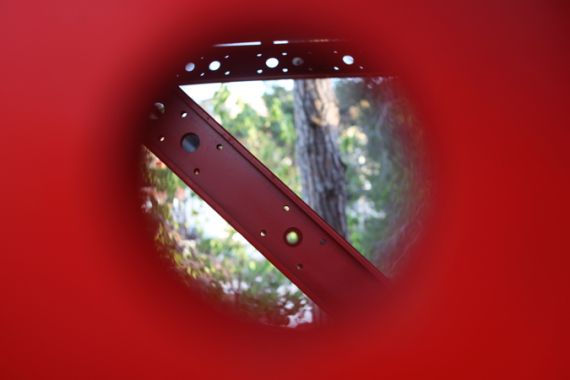
Rebel Architecture: The creator’s view
Series creator Daniel Davies on how architecture and design can be used to build a better world.
By Dan Davies
In 2010, more humans lived in cities than the countryside for the first time in humanity’s history, making us a majority urban species. But this was less about hundreds of millions moving into townhouses with gardens and more about an urban explosion of informal settlements on the edge of hyper-cities like Manilla, Dehli, and Mexico City.
Many of the new city dwellers are fleeing the other threats humanity is faced with, like extreme weather events, drought, rising sea levels, and displacement through conflict while even “peaceful” countries with temperate climates suffer from the social issues created by soaring inequality.
Architecture can directly contribute to solving these issues. Good design can produce very dense, yet liveable cities. It can both mitigate against environmental threats while also producing buildings that require less energy overall.
Perhaps most controversially, since it has suited contemporary governments and developers to demonise public housing, architecture can also contribute to reducing the social ills that we know for a fact accompany large imbalances of wealth (The Spirit Level, Wilkinson & Pickett, 2009). This is not to claim that architecture per se can create a better person, but to state the obvious, people with secure housing are less unequal than those without, and thus better able to focus on other aspects like education and employment.
So it seemed perverse to us that architecture has become all about the aesthetics of a few iconic buildings whose main function is the glorification of those with the money to build them. As one prize after another celebrates the work of a selected band of world famous “starchitects”, it seemed like humanity’s most pressing problems are how to fold metal into the most obscure shapes, and how implausibly high a building can go.
Thankfully not everyone agrees, and we were pleased at how many architects we found who considered their profession to be about more than aesthetics. They are architects who cannot ignore the wider context in which they live; from the flood-stricken plains of Pakistan, to the capture of public space in Spain; and whose buildings serve as a concrete manifestation of their broader analysis.
They are architects not paid by international NGOs to parachute in solutions, but working in their own countries with issues they understand at a deep level. They are architects who work independently, rarely getting developer backing, but funding projects themselves. And they rarely get media coverage outside specialist architectural and academic circles.
And as might have been expected, the characters we found are all amazing, determined people who refuse to give up, even when everything is against their projects. This is not to romanticise the hard life but to point out that the work these architects do has made them rebels. Ultimately, the series asks why making environmentally and socially responsible buildings limits access to funding, pits architects against governments and places them outside the mainstream.
